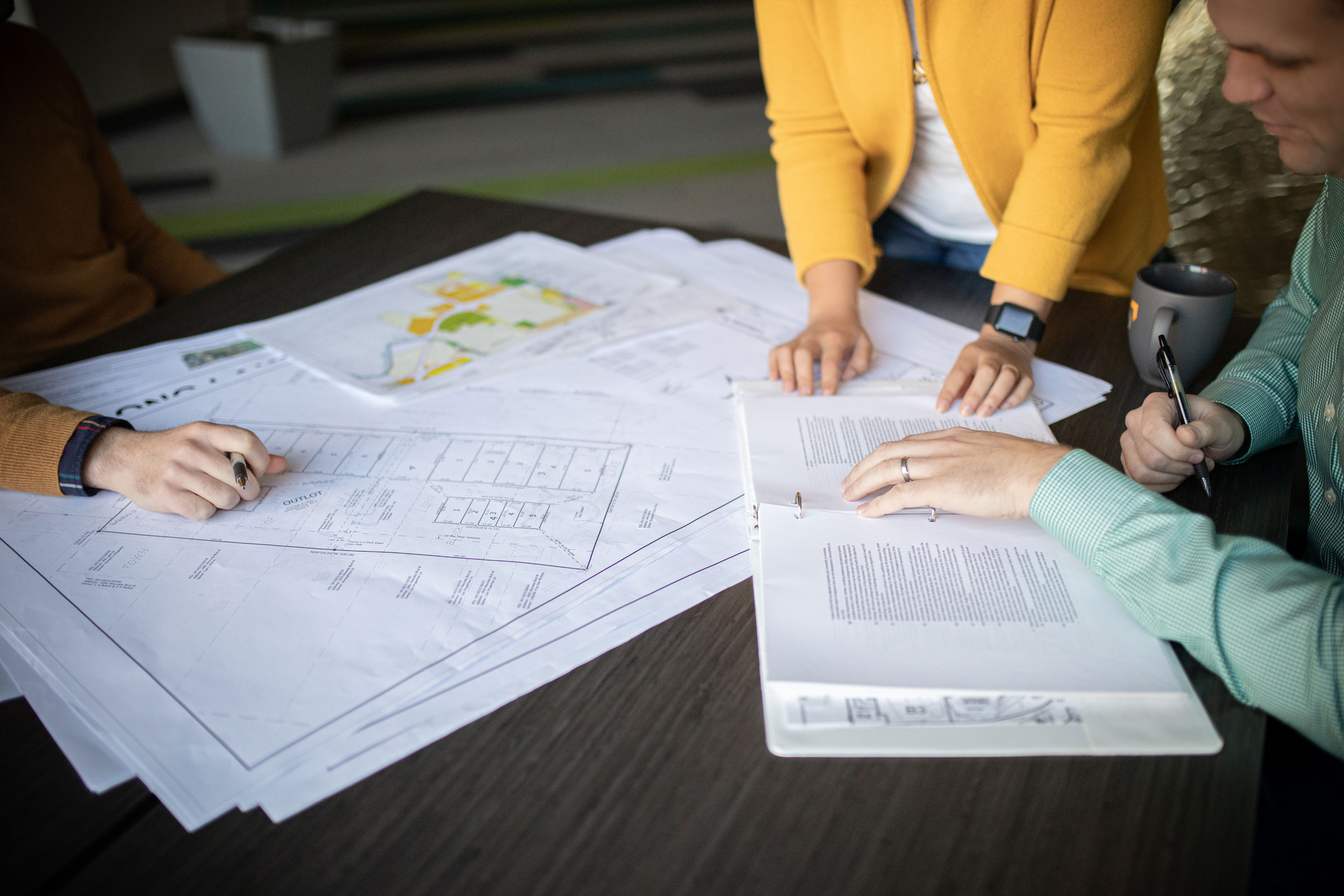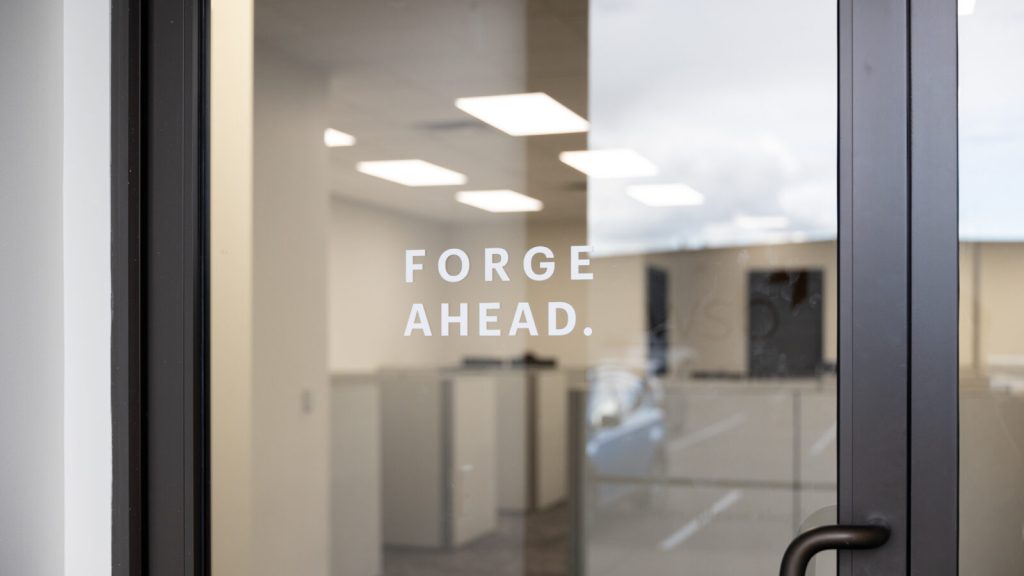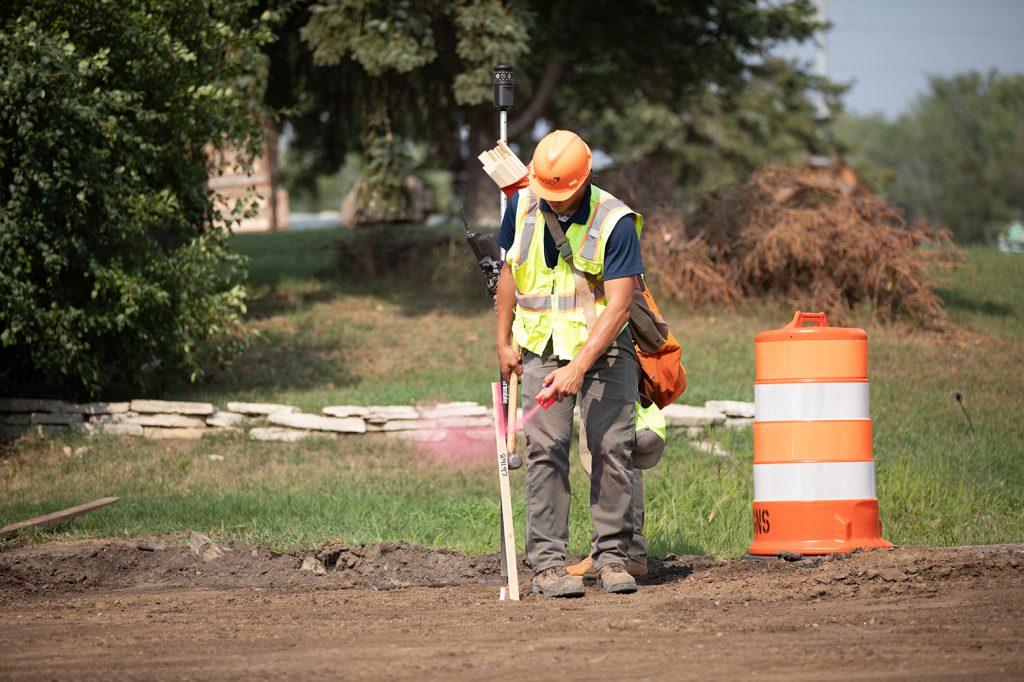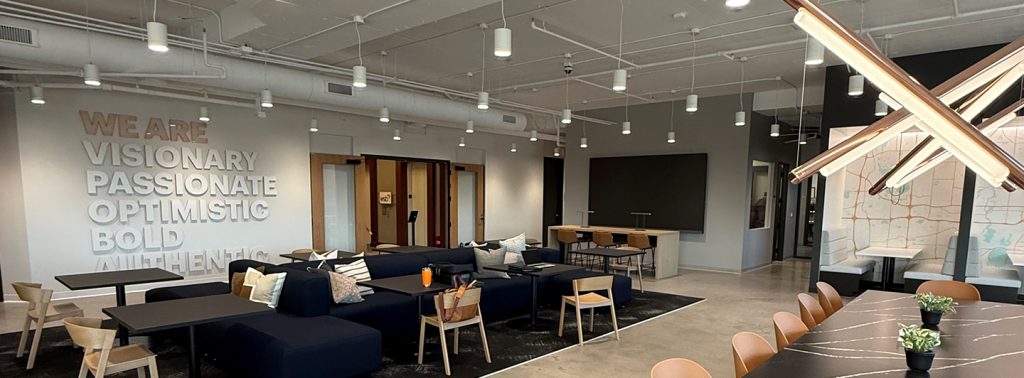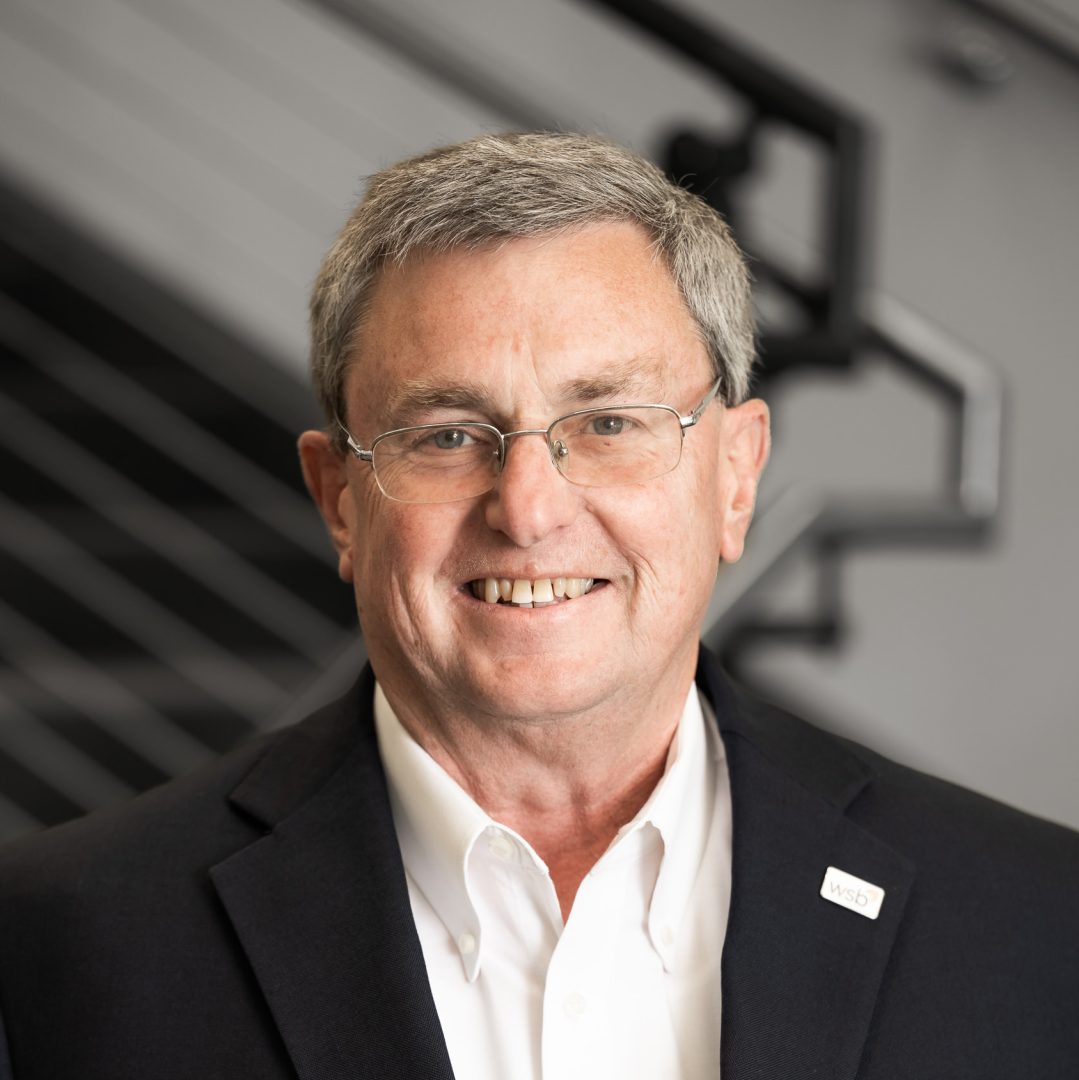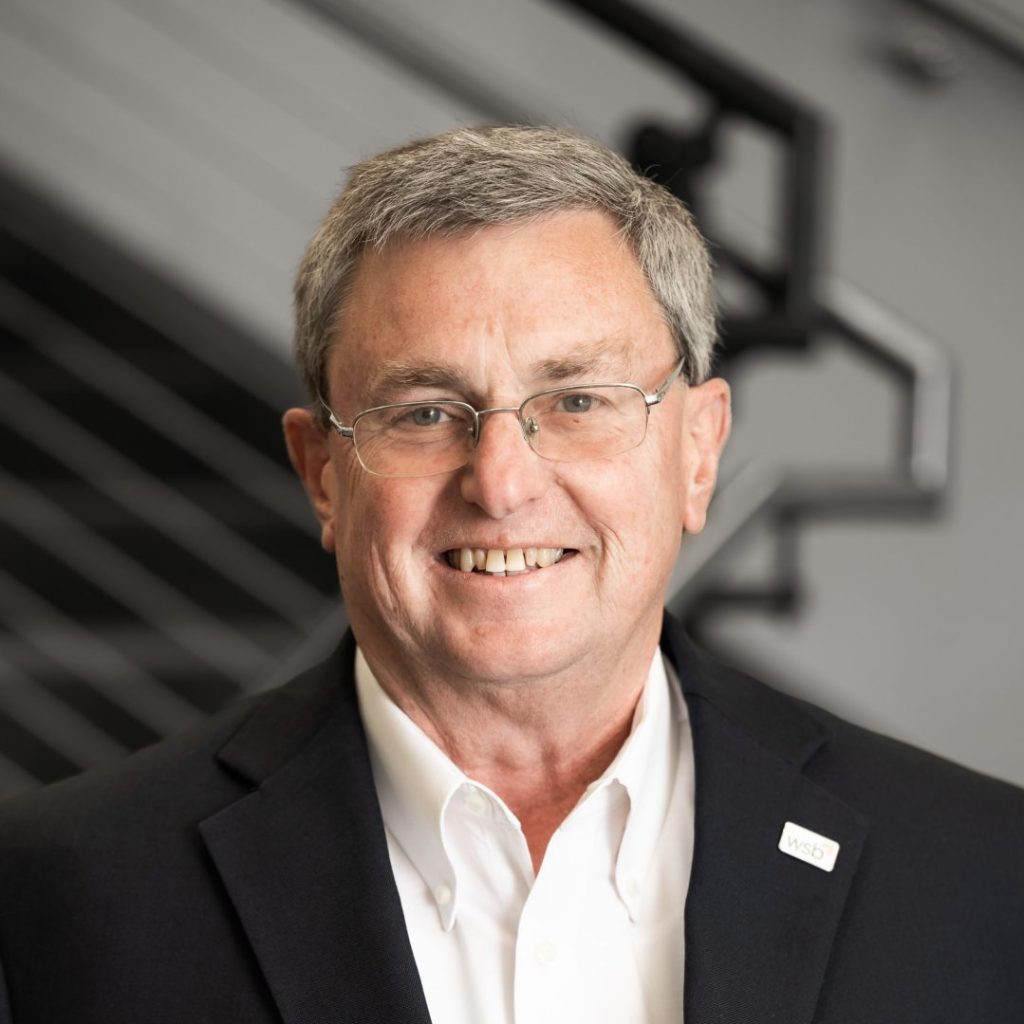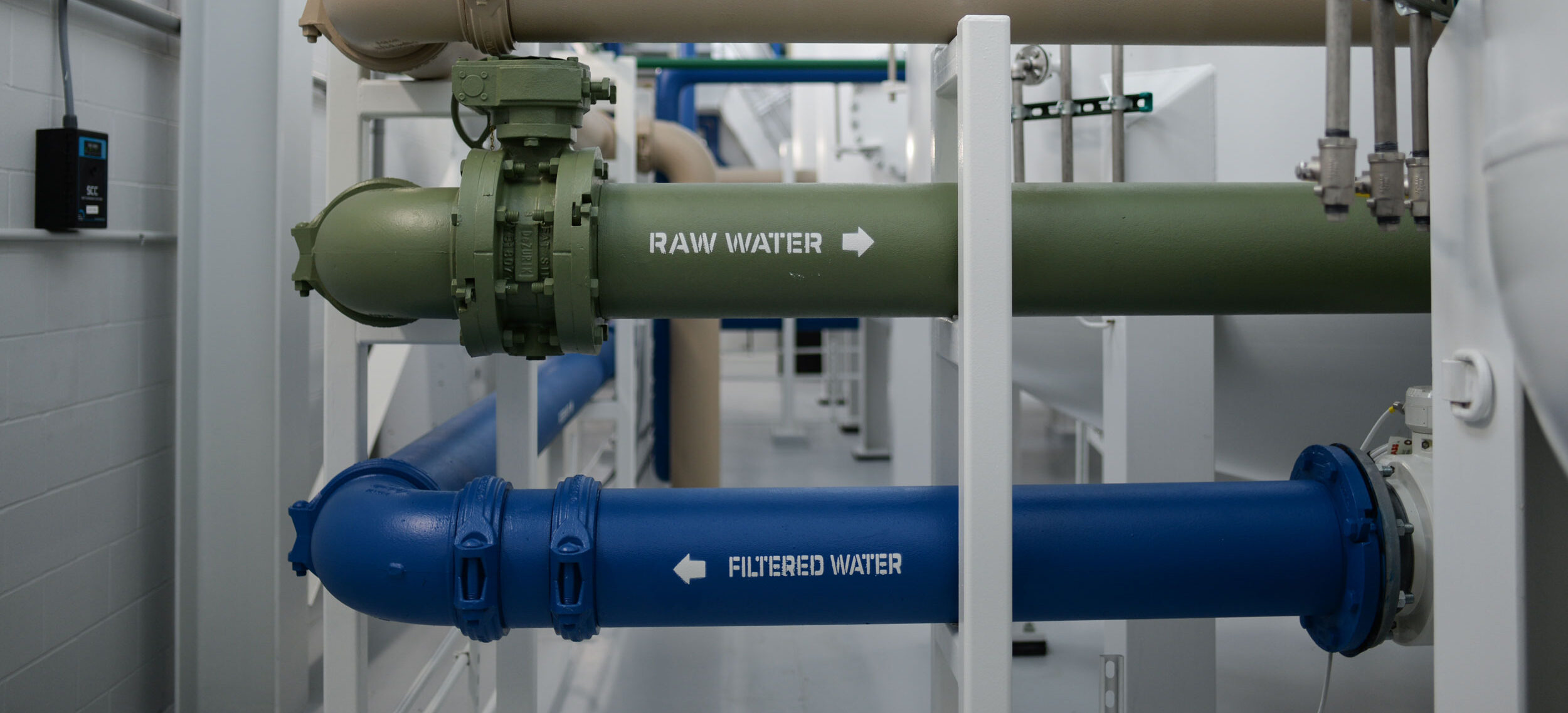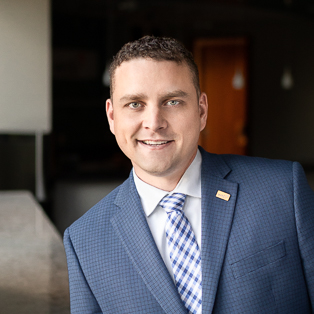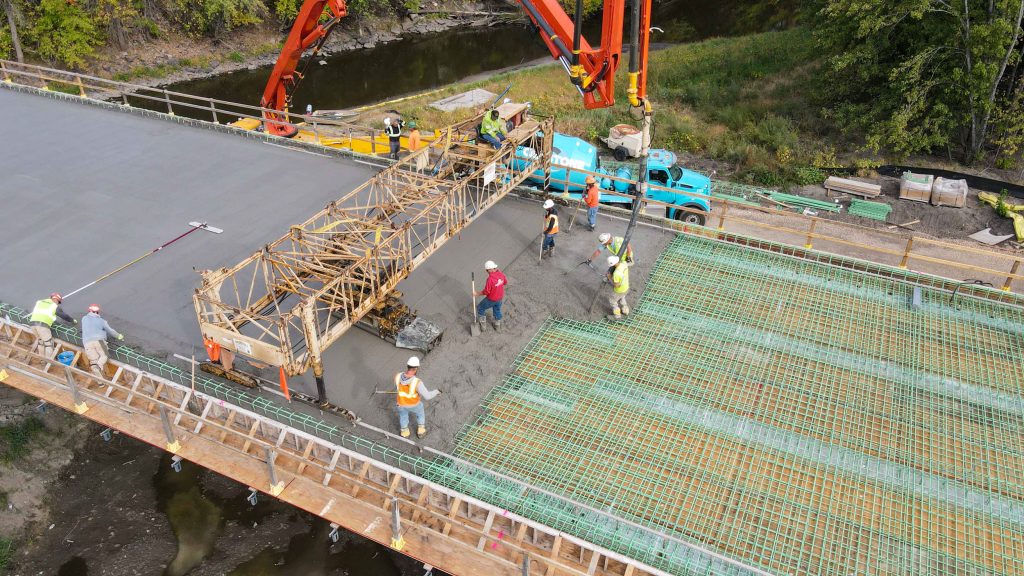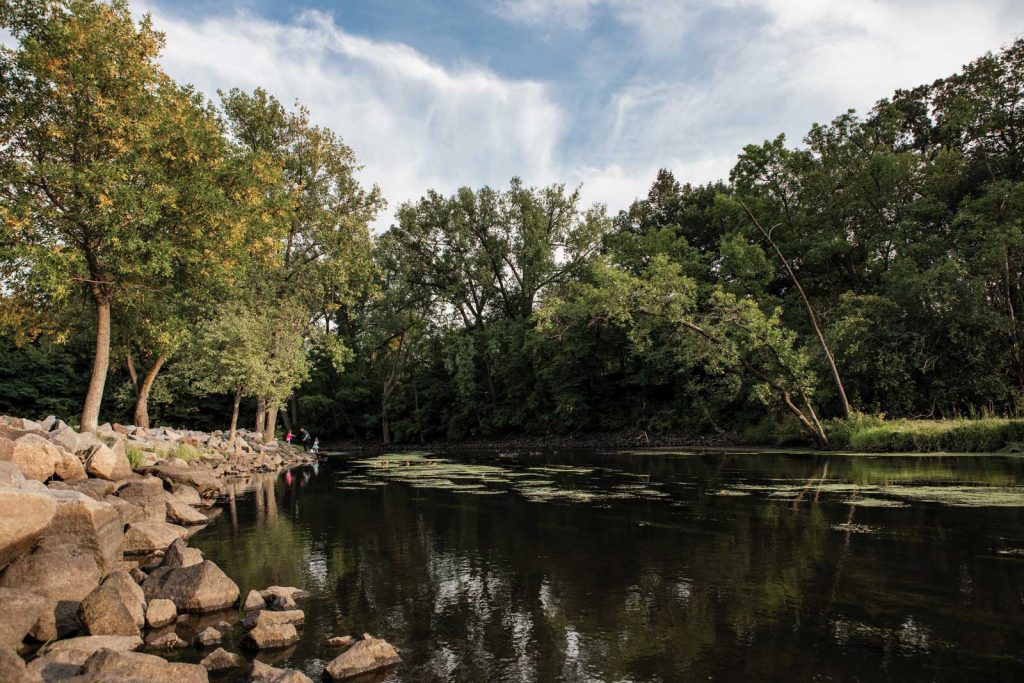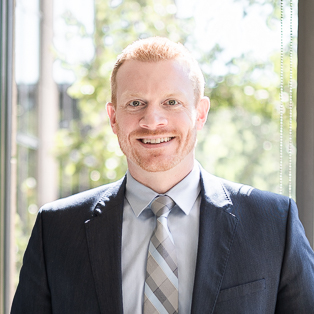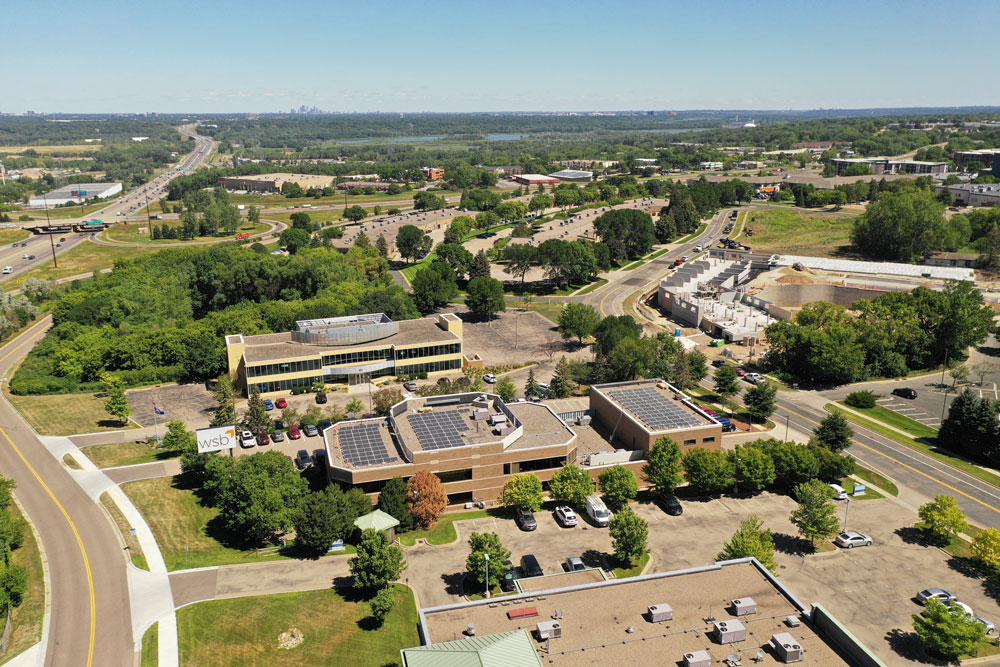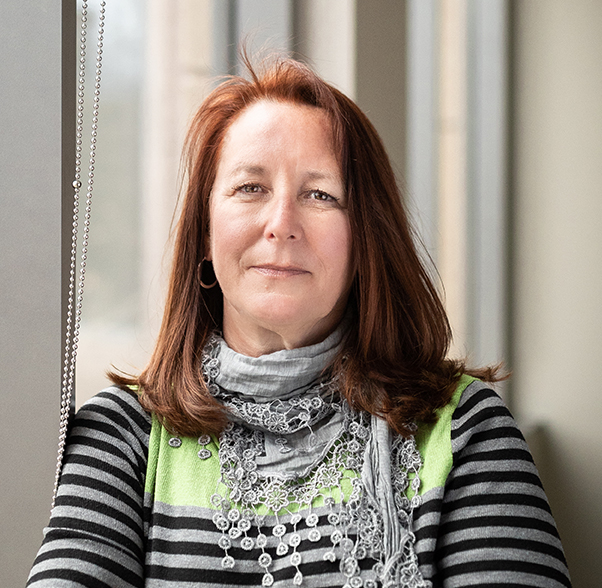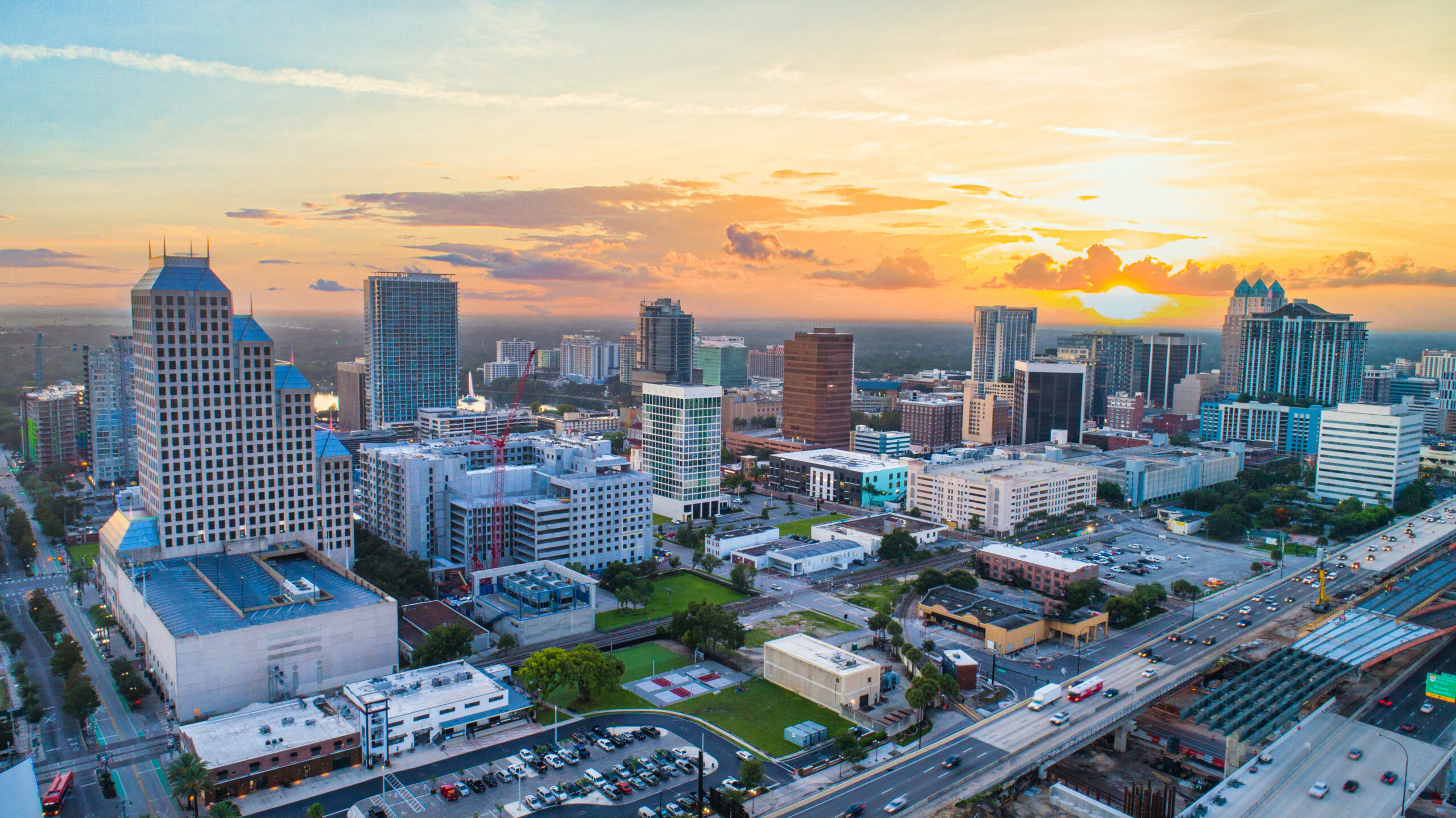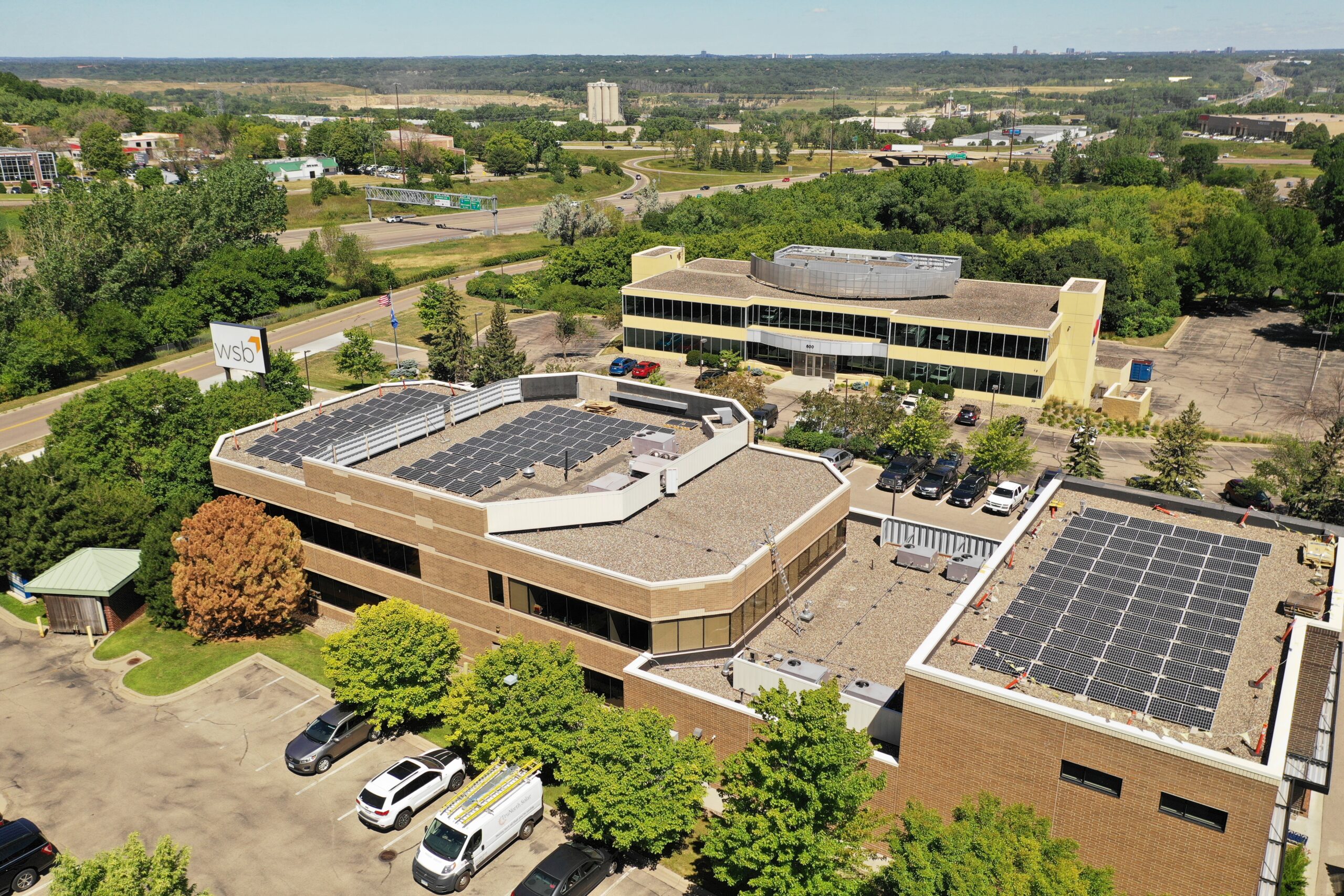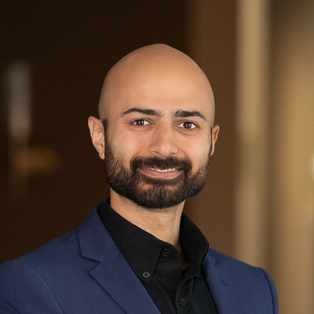September 27, 2024
The firm announces a new office in the state to better support communities in the region.
Conway, Ark. – Fast-growing design and consulting firm WSB today announced the opening of a new office located at 1335 Covington Pk Dr, Conway, AR 72034. This facility is set to serve as a hub for advanced training and operator qualification (OQ) of third-party contractors, underscoring WSB’s commitment to enhancing service quality and safety in pipeline operations across the state.
The new facility will primarily focus on the specialized training and evaluation of fusion processes essential in polyethylene (PE) pipe installations — a critical component in modern pipeline infrastructure. The facility is equipped to conduct comprehensive training on a variety of techniques such as manual butt fusion, hydraulic butt fusion, socket fusion and the use of electro fusion tees and couplings. This hands-on approach ensures that third-party contractors across Arkansas are well-versed in pipeline construction and maintenance techniques.
Beyond third-party contractor evaluation, the new space is designed to better support how the firm’s inspection staff are trained and evaluated. Moving away from traditional computer-based knowledge assessments, the facility features workstations that simulate real-life scenarios. This practical training environment allows staff to sharpen their skills effectively, ensuring they are well-equipped to uphold and surpass the stringent standards required in pipeline inspection and safety.
“This space represents a transformative leap in our training capabilities,” said Rick Bradway, distribution utility inspector. As master evaluator, Bradway will be critical in overseeing the facility. “By simulating real-world scenarios, we can ensure our staff not only meet but exceed the rigorous standards required in our industry today. It’s about building a future-ready workforce that can tackle any challenge with confidence.”
The establishment also reaffirms its long-term commitment to the Arkansas community. WSB has worked on several projects throughout Arkansas since 2020. Investing in this region allows expanded service offerings in more than 50 complementary areas to better contribute to the state’s infrastructural development.
